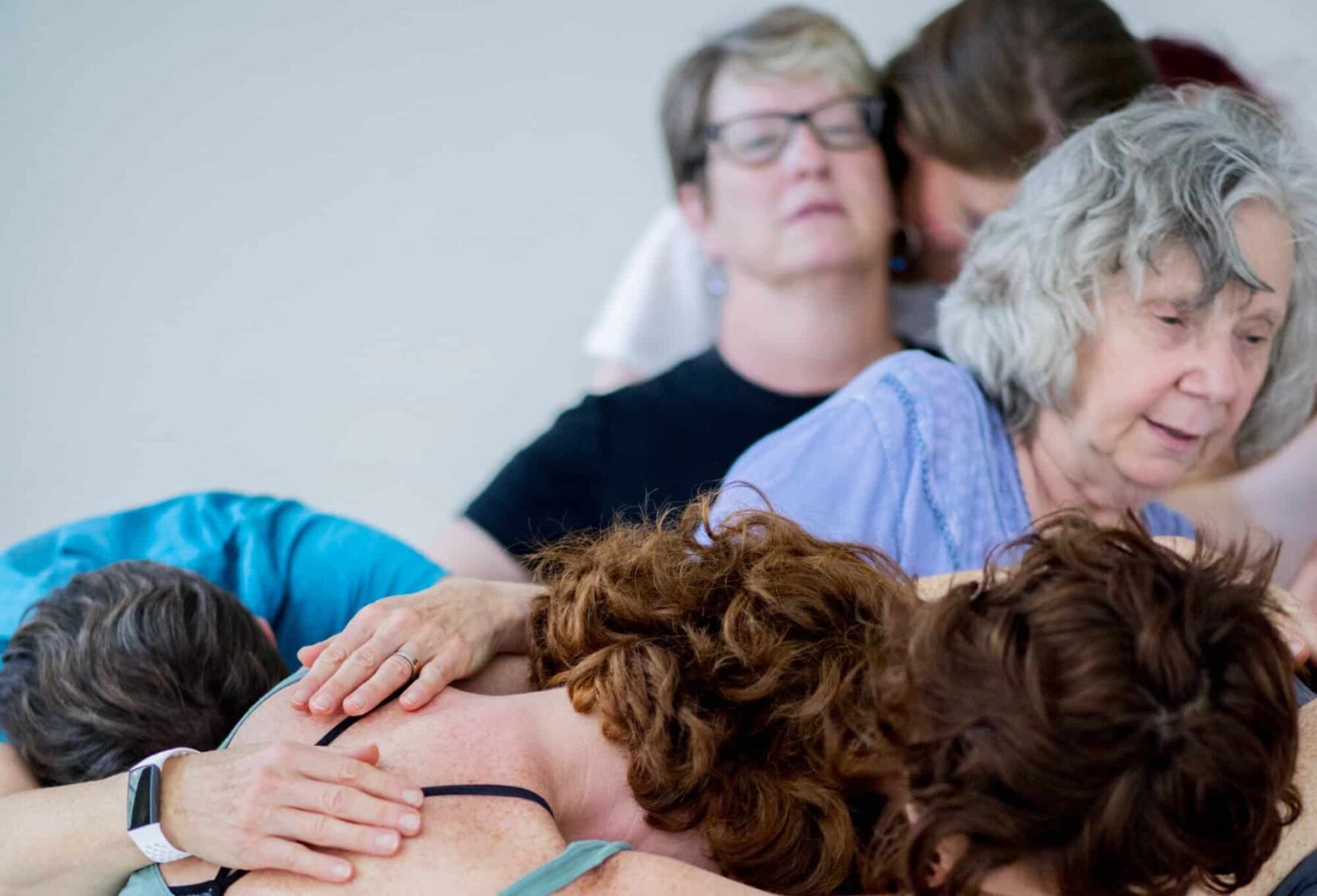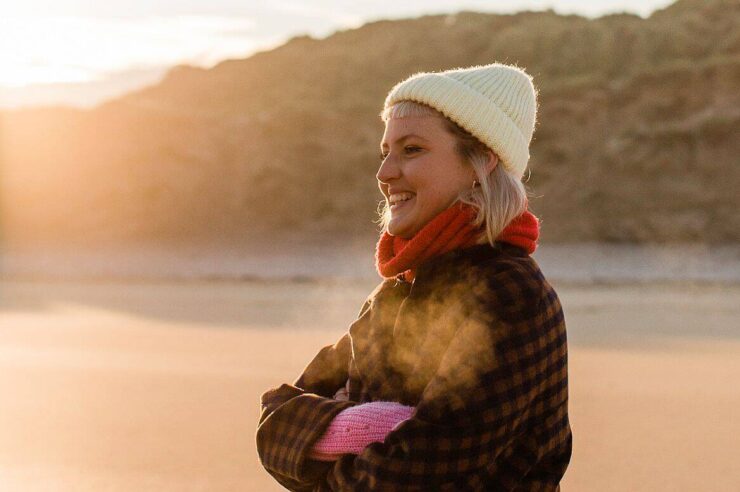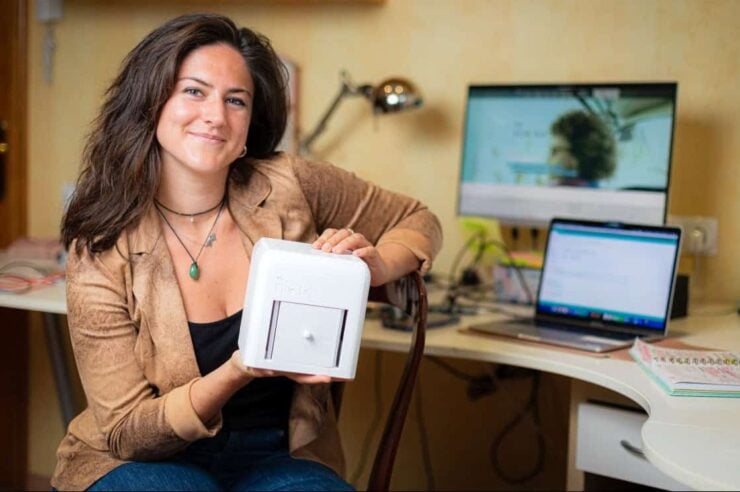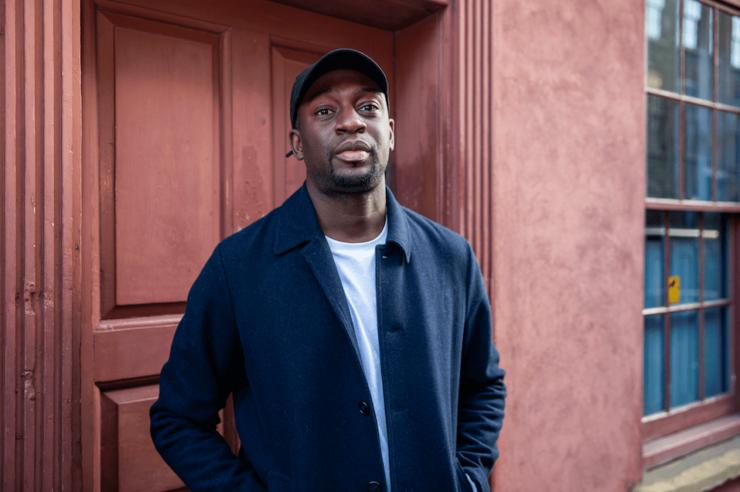Dancing is proving to be empowering and energising for some women as they come to terms with a cancer diagnosis
Each of the women pictured has been affected by cancer, but they’ve come together here not as patients but as dancers.
This is a session by Move Dance Feel, a community-interest company that offers dance to women living with and beyond cancer, as well as those who care for someone with cancer.
“When dancing with the women, I see an immediate shift in mood – moving the body moves the mind,” said Emily Jenkins, who founded the organisation five years ago. She works in partnership with cancer support organisations, integrating dance into their activity programmes.
When facing a cancer diagnosis, or undergoing gruelling treatment, the feelings of joy and release that dancing can give rise to are much needed.
“Participants grow in confidence, physically standing taller and expanding to take up more space and show appreciation towards their body,” Jenkins explained.
The women often talk of feeling more energised after dancing, a significant benefit as severe fatigue is a common side effect of cancer treatment.
There are the non-stop hospital visits; the impact on confidence and self-esteem; the loneliness of knowing that others just can’t quite understand how you’re feeling.
So it’s apt that a strong sense of belonging often emerges during sessions “Attuning through synchronised movement can be quite an intimate and connecting experience,” Jenkins added.
This is the first time I have felt in control of my body since my surgery
Impacts expand beyond the dance space too. One participant, Merran Barber, said: “Moving the body in these new ways has opened up pathways in the brain, making me feel there are so many more creative ways to explore and live my life.”
In March 2020, when Covid-19 forced Move Dance Feel’s partner centres to close, Jenkins quickly set up Move Dance Feel Online.
No longer restricted by geography, she is now helping hundreds of women digitally across the UK, as well as in other areas of Europe.
One described it as “an oasis of creativity, movement, mindfulness, connection and calm”. Another said, simply: “This is the first time I have felt in control of my body since my surgery.”
Main image: Camilla Greenwell




